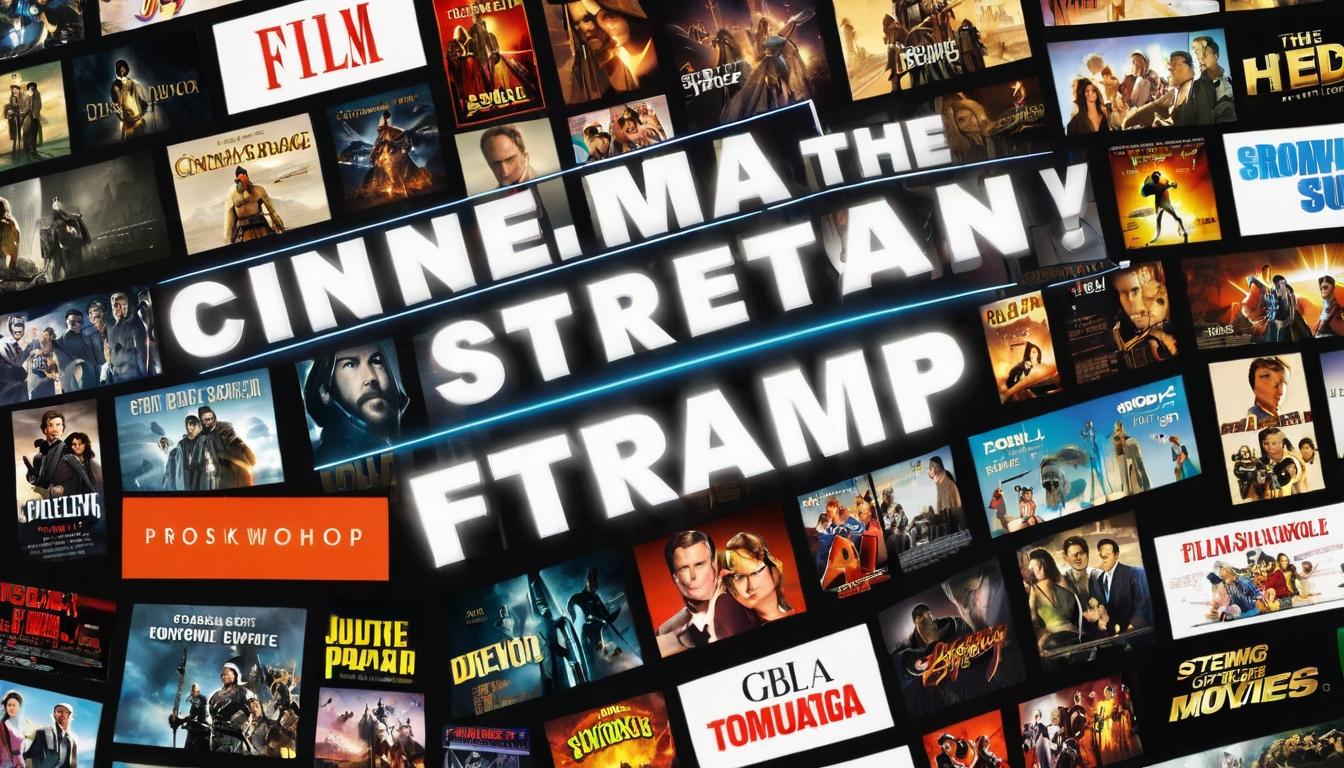There's a peculiar phenomenon happening in our living rooms that few people are talking about. You settle in for movie night, ready to rewatch that indie gem you discovered last year, only to find it's vanished from your streaming service. No warning, no explanation—just digital ghosts where films used to live. This isn't just about convenience; it's about the very preservation of our cinematic heritage in the streaming age.
Last month alone, over 200 titles disappeared from major streaming platforms according to industry trackers. Some were obscure foreign films, others were mainstream Hollywood productions that had simply reached the end of their licensing agreements. The temporary nature of streaming content has created what archivists are calling "the great digital disappearance"—a slow erosion of our collective film memory that happens so gradually most viewers don't even notice.
What makes this particularly troubling is how it contrasts with the physical media era. When you owned a DVD, that film was yours forever. Streaming services have conditioned us to think of movies as utilities rather than art—something that flows through our homes like water from a tap, available until someone decides to turn off the valve. The result is a generation of film lovers who've never known the permanence of a personal collection.
The economics behind these disappearances reveal a brutal truth about the streaming business model. Studios are increasingly pulling content to either launch their own competing services or to create artificial scarcity that drives up licensing fees. It's a corporate shell game where films become bargaining chips in negotiations between billion-dollar companies, with viewers as collateral damage.
Independent filmmakers are caught in the crossfire. Many signed distribution deals that seemed generous at the time, only to watch their life's work get buried in algorithmic graveyards or removed entirely when platforms decided they weren't generating enough views. For smaller productions, being pulled from streaming can mean effectively ceasing to exist for most audiences.
There's also the cultural impact to consider. Films that don't remain accessible can't become cult classics. They can't be rediscovered by new generations or gain the slow-building reputation that often separates forgettable entertainment from enduring art. The streaming model favors immediate engagement over long-term value, creating a system where movies are treated like social media posts—relevant today, forgotten tomorrow.
Some cinephiles have responded by returning to physical media, sparking a surprising Blu-ray revival among younger viewers who've grown tired of the streaming merry-go-round. Others are turning to specialty streaming services that focus on preservation rather than chasing the latest algorithm-friendly content. But these remain niche solutions in a market dominated by a handful of corporate giants.
The most insidious aspect of this system is how it reshapes what gets made in the first place. When films are valued primarily for their initial streaming performance, studios become increasingly risk-averse. Quirky character studies and challenging narratives get passed over in favor of easily marketable content designed to generate quick buzz and subscriber engagement.
What's the solution? Some advocates are pushing for mandatory archival streaming requirements, similar to how broadcast television has public interest obligations. Others believe the answer lies in supporting independent platforms and physical media. What's clear is that without intervention, we're heading toward a future where our film history exists at the whim of corporate spreadsheets.
The next time you can't find that movie you wanted to watch, consider what its disappearance says about our changing relationship with cinema. We're transitioning from owners to renters, from collectors to consumers. The question isn't just about convenience—it's about what kind of film culture we want to build for future generations.
The streaming paradox: why movies disappear and what it means for cinema

